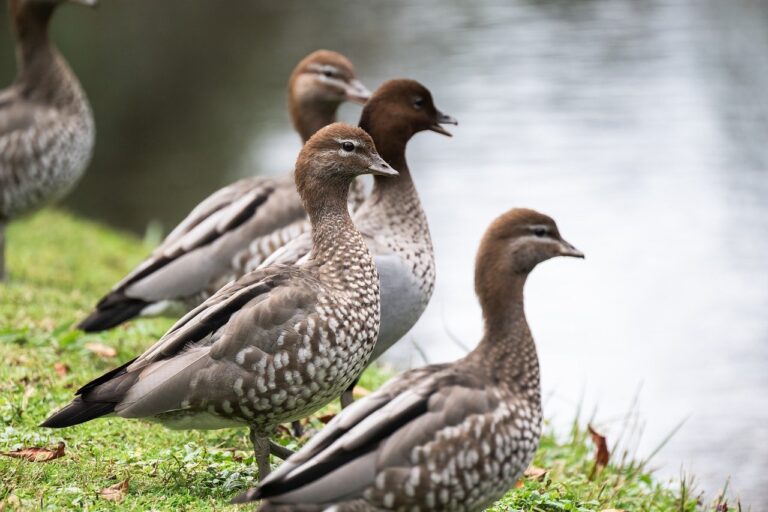There’s no other capital in the world like Antananarivo (Tananarive to the French, “Tana” colloquially to everyone). A locket of emerald rice paddies routes around lakes, canals and jagged hills, while a huddle of pastel-coloured homes crowds the still-partly patched streets of a crumpled central lattice. Even the stretching shanties seem in some way prettier than the typical urban shanty town: still mostly built in the traditional way, utilizing fired-clay bricks, they blush radiantly pink in the afternoon sun, compacted between the glimmering rice fields.
Off the sheltered west coast lies the fabled island of Nosy Be, with smaller sized and a lot more alluring islands dotted around the warm waters of the Mozambique Channel. Madagascar is covered in mainly deciduous dry forest, sprinkled with pockets of highland and lowland rainforest– a biome referred to as the Sambirano community. The southeast corner of Nosy Be is still shrouded by a cloak of primary rainforest safeguarding a number of uncommon and endemic species. Most of those who go to Madagascar make a beeline here, drawn by the pleasant weather and warm seas, plus routine charter flights from France and Italy. Private madagascar tours and snorkelling are popular pursuits, and kite- and windsurfing are big around Diego.
Madagascar has an entrancing tableaux of landscapes: dripping emerald rain forests, baobab trees like huge windmills overlooking the savannah, and insane outcroppings of limestone pinnacles, like a million wonky Gothic church spires. The human landscapes are equally fascinating. In the highlands, a thousand shades of green dazzle from the terraced rice fields, framed by dykes of red earth; water-filled nursery paddies show a cerulean blue sky and towering granite mountains, daubed by the pastel pictures of rows of multicoloured Hauts Plateaux homes.
The highlands of central Madagascar stretch from north of Antananarivo far towards the south of the island, swelling wildly throughout significant granite mountain ranges, lava ridges and outcrops. While there’s very little native natural forest left, the human landscape is captivatingly gorgeous. Deep valleys are filled by terraced rice fields and generally developed towns, from the hectic provincial farming center of Antsirabe to the historical city of Fianarantsoa. Explore towns by horse-drawn buggy and immerse yourself in cultural customs such as Malagasy crafts and famadihana (reburial) ceremonies. Beyond these city centres lies the Réserve Villageoise Anja, where you can trek through the house areas of wonderful ring-tailed lemurs, and rugged Parc National de Ranomafana, whose rainforest hides the unusual golden bamboo lemur.
Southern Madagascar has a few of the island’s most compelling destinations, from the gaunt sandstone plateau of Parc National d’Isalo to the towering mountain fastness of Parc National d’Andringitra. Somewhere else, you’ll discover spiny forests and marvelous beaches, surfing and diving in the dry southwest, and the seductive rolling landscapes and scalloped bays wrapping around the port of Fort Dauphin in the far southeast. This is also Madagascar’s poorest area, nevertheless, and more vulnerable to lawlessness– usually manifested in livestock rustling and highway banditry– than the remainder of the country.
The best way to get around Madagascar is to hire a vehicle with a motorist or join an organized trip. Automobile leasings frequently include a motorist as part of their rates and provide you the most versatility with your travel plan. Trips, however, normally cover the expense of accommodations and some or all meals, however you’ll have to stay with a set schedule and travel with other visitors. Minimal public transportation choices are likewise offered, however these cost effective services are sluggish and typically uneasy and risky. For longer journeys in between select towns, traveling by airplane can be organized. Getting to the island will require flying into Ivato International Airport (TNR) in Antananarivo or showing up by cruise ship to different Malagasy locales, including Antsiranana, Nosy Be and Tamatave, by means of cruise operators like Costa Cruises and MSC Cruises.
While everyone goes to Nosy Be for the fancier resorts, if you desire something a bit more regional, cheaper, and more relaxed, take a look at Île Sainte Marie. Found off the eastern coast, this previous pirate capital (the 17th-century pirate Captain Kidd’s ship sank nearby) is a funky, relaxed island full of little coves, a pirate graveyard, and delicious seafood. The beaches aren’t as good as Nosy Be however there’s a gorgeous white-sand beach in the south of the island that couple of people see. This is likewise the very best part of the nation for whale watching. Round-trip flights here cost around 810,000 MGA. (Don’t take the boat, it’s sluggish and terribly bothersome).
Subscribe to Updates
Get the latest creative news from FooBar about art, design and business.
